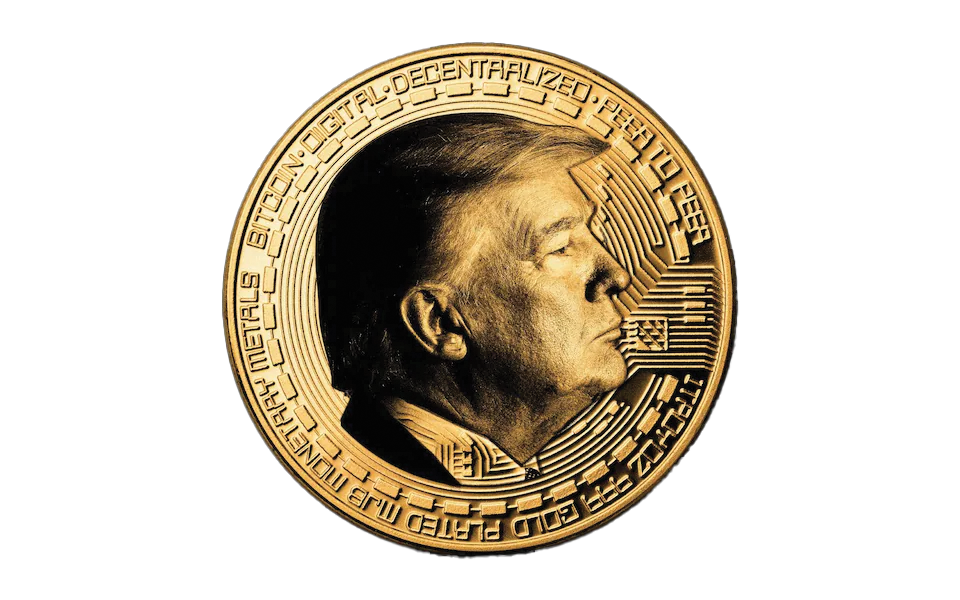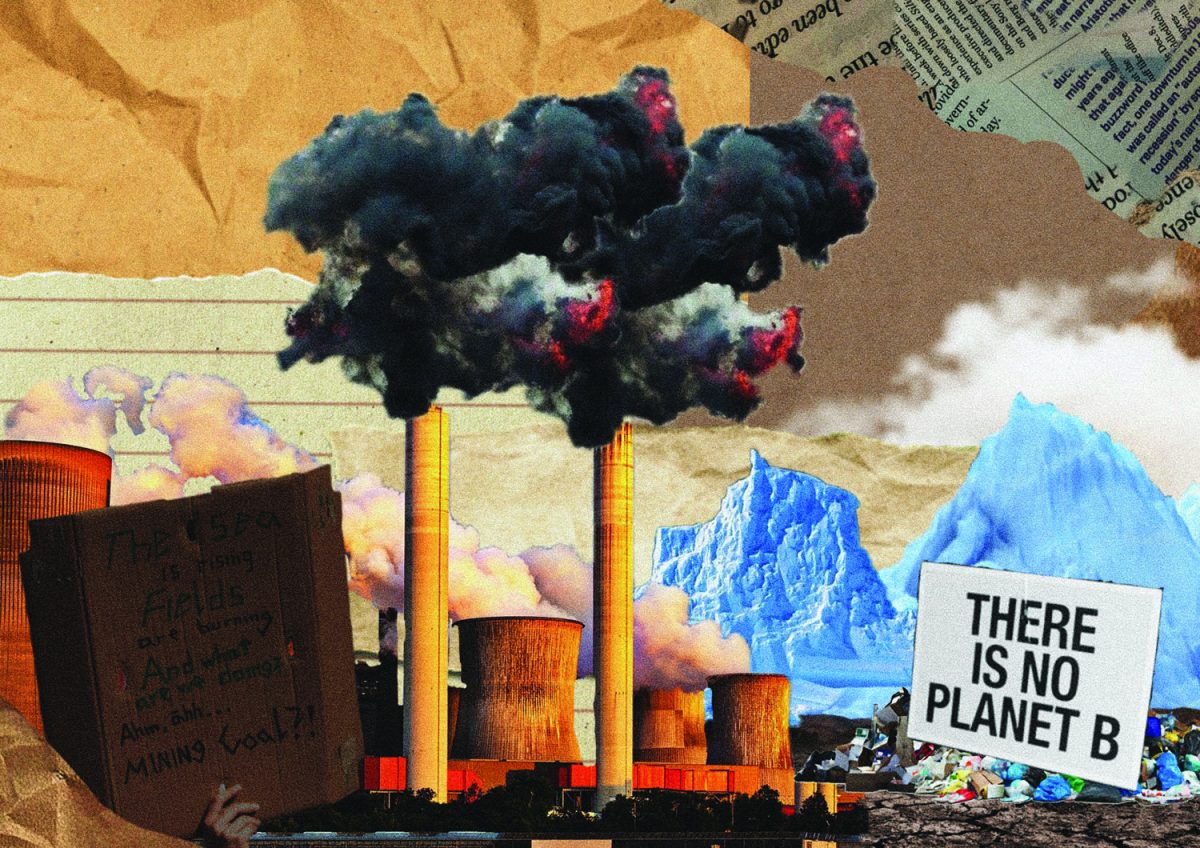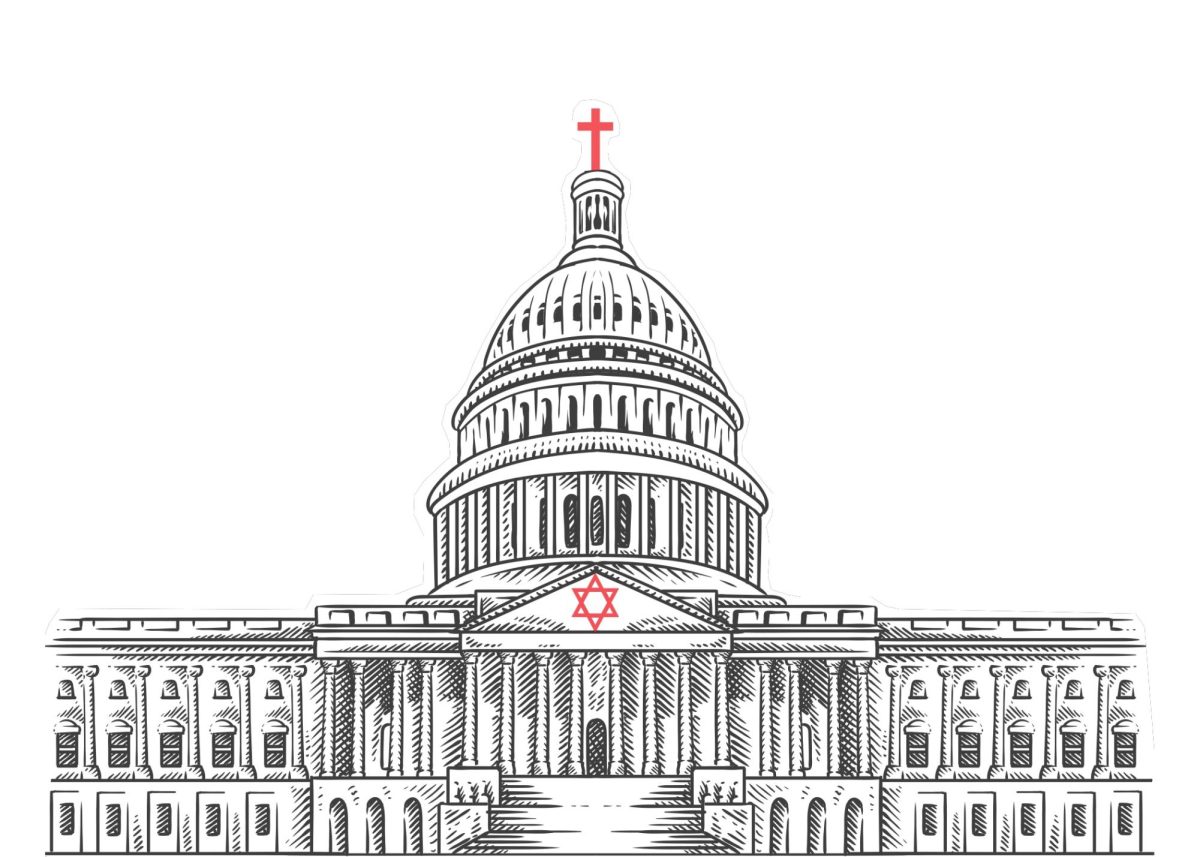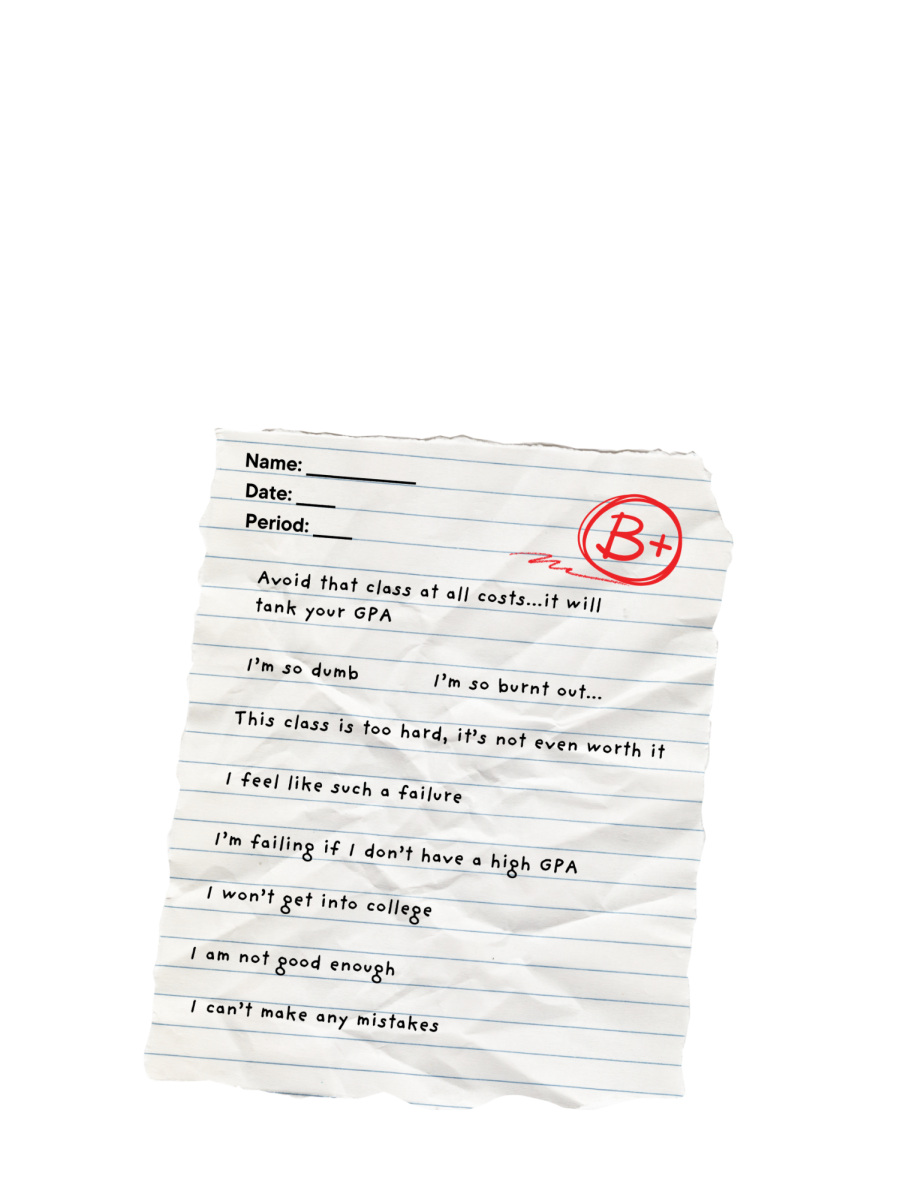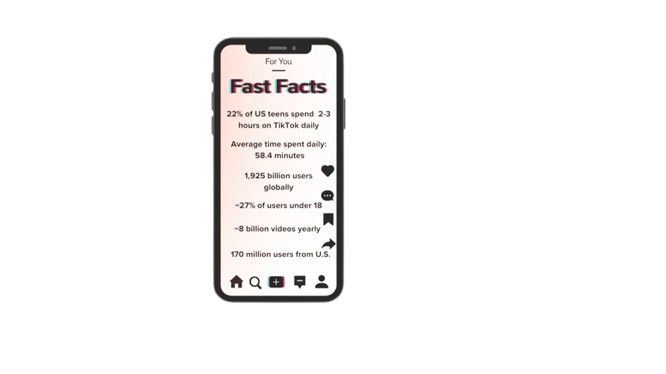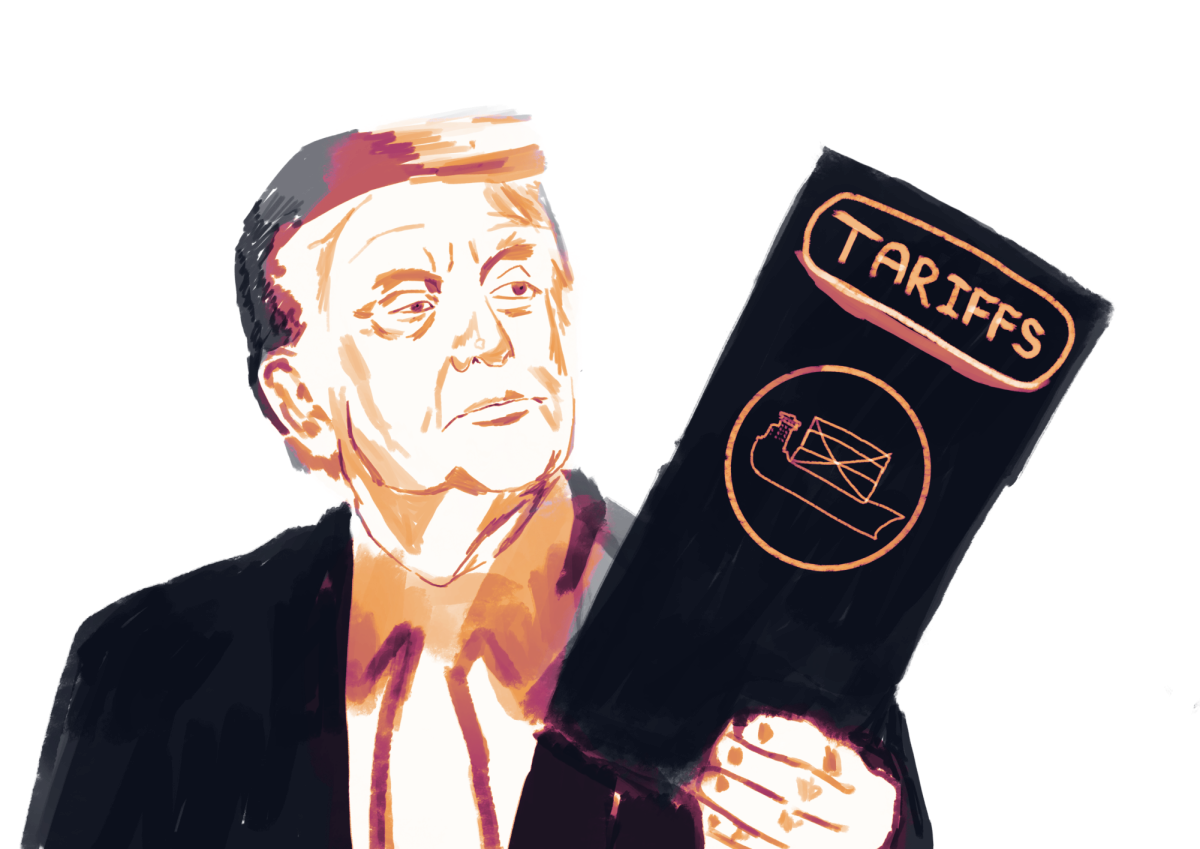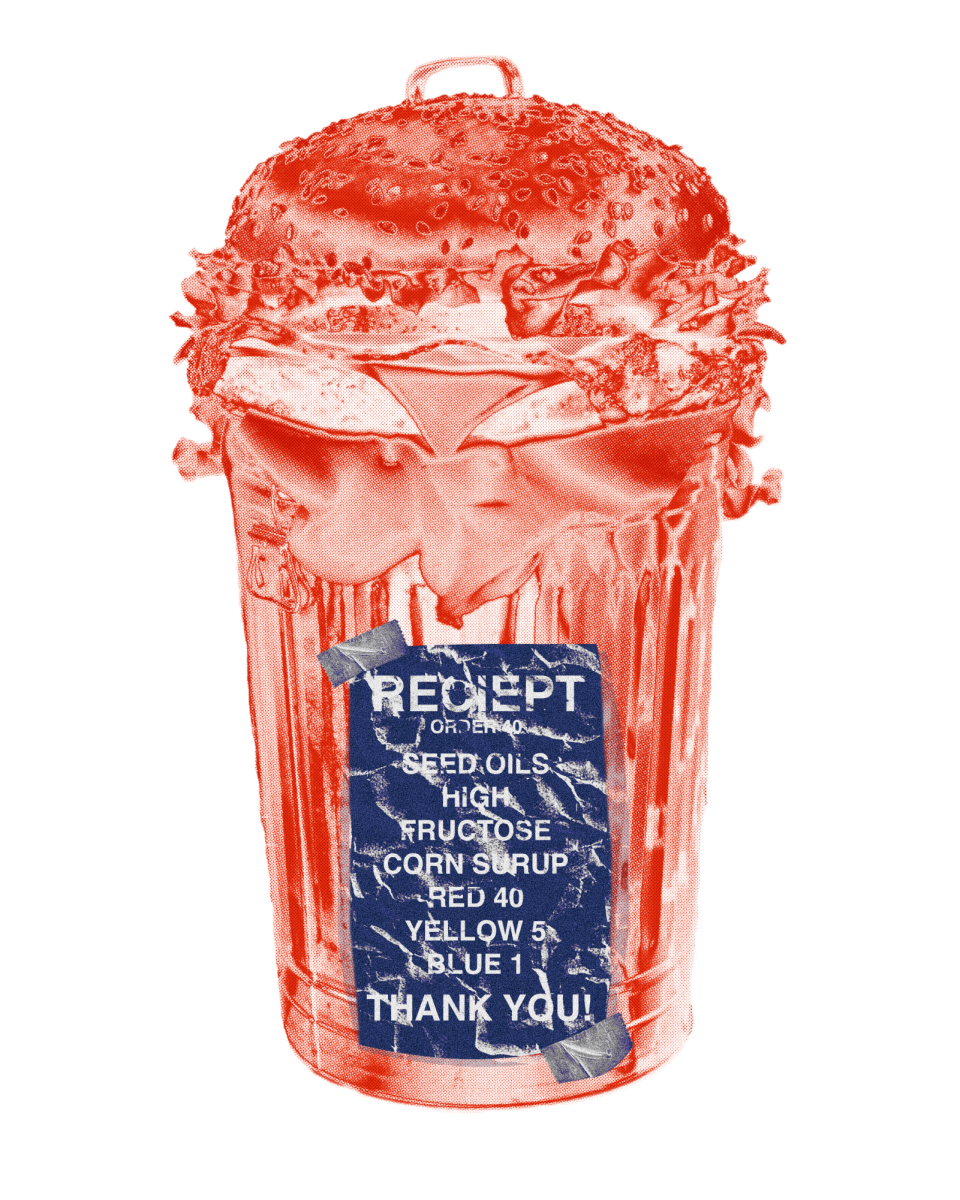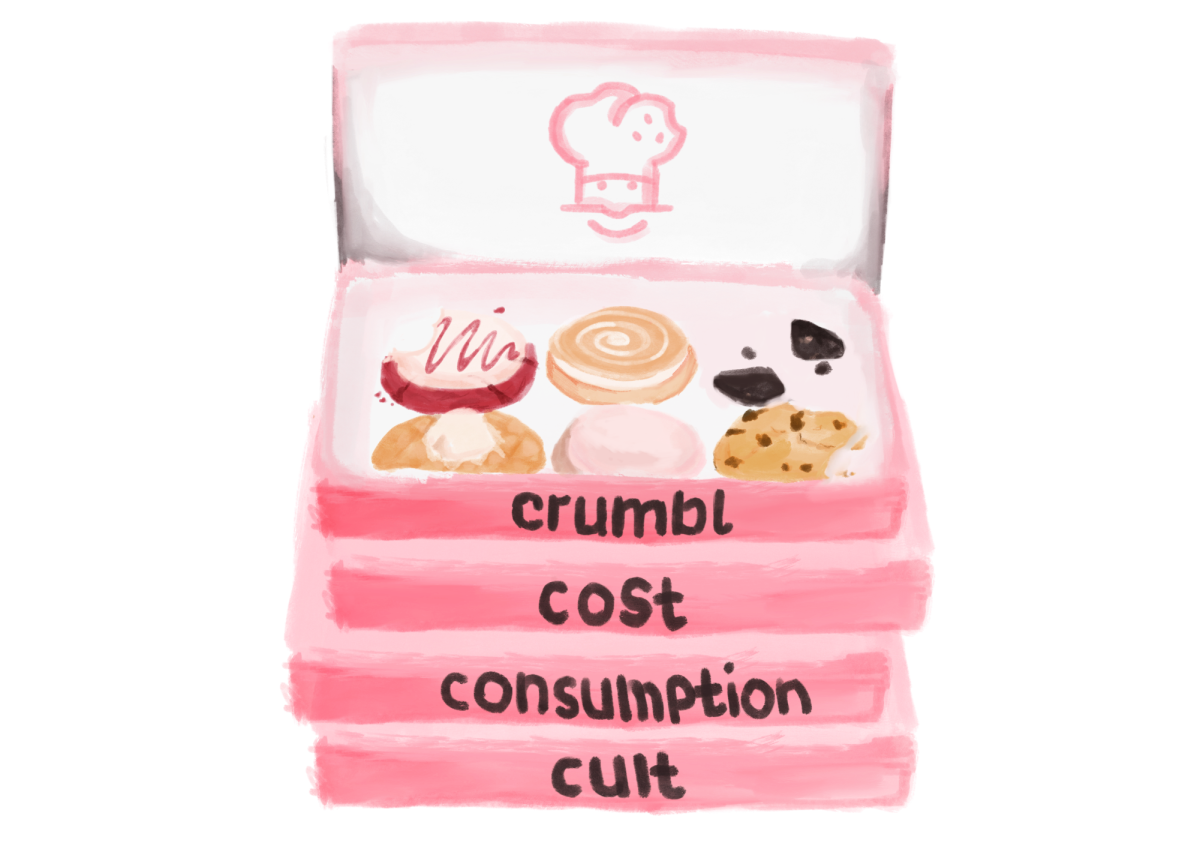In the ever-changing world of cryptocurrencies, meme coins have emerged as a new obsession, blending internet culture with speculative investment.
Solana, known for its high-speed transactions and low fees, has become a hub for these cryptocurrencies.
However, beneath the surface of rapid gains lies a market racked by instability and the ever-present threat of “rug pulls.”
Solana’s blockchain infrastructure has attracted developers and investors alike, leading to a surge in meme coin creations.
Platforms like Pump.fun have simplified the process, enabling users to launch tokens with minimal technical expertise and zero cost.
Since its inception in Jan. 2024, Pump.fun has facilitated the creation of over 2.4 million unique tokens, with more being made every second.
The top coin on Pump.fun, Fartcoin, has a market capitalization of nearly 500 million.
Despite this, a staggering 98.5% fail to list on decentralized exchanges.
A significant concern in the memecoin space is the prevalence of “rug pulls.” In these schemes, developers promote a token to inflate its value and then abruptly withdraw all liquidity, leaving investors with worthless assets.
In April 2024, crypto-detective ZachXBT reported that 12 Solana-based meme coins raised over $26 million in pre-sales, only for the projects to be abandoned shortly after.
One viral incident involved a teenager who created the “Gen Z Quant” token. He live-streamed his actions as he sold off his holdings, earning approximately $30,000 before “rug pulling.”
This act drew significant attention and criticism, highlighting the ethical and financial risks inherent in the memecoin market.
The meme coin market is characterized by extreme volatility. Prices can skyrocket based on social media hype and plummet just as quickly.
For example, the $TRUMP token launched on the Solana blockchain after Trump’s victory in the presidential race, experienced a rapid increase in value, reaching a market cap of nearly $15 billion before crashing and causing losses of around two billion for investors.
It’s important to mention that Trump himself profited millions of dollars from this pump and dump.
People are often enticed by the possibility of quick profits, but the lack of intrinsic value, and the speculative nature of meme coins make them particularly susceptible to market manipulation.
The ease of creating and promoting these tokens means that fraudulent schemes are very common, leading to significant financial losses for unsuspecting investors.
Despite the risks, meme coins remain an enticing prospect for many. They are fueled by the promise of exponential gains, viral marketing, and a culture that thrives on unpredictability.
Some investors argue that the chaos is part of the fun—a high-stakes gamble where fortunes are made overnight and lost just as quickly.
Others see it as a ticking time bomb, an unsustainable bubble that could leave countless investors empty-handed when the next downturn hits.
As more meme coins flood the Solana ecosystem, regulators have begun to take notice. Some experts argue that the rampant volatility and frequent scams are signs of an unregulated market spiraling out of control.
There have been calls for stronger oversight to prevent fraud and protect retail investors, but crypto purists argue that decentralization is the core philosophy of blockchain and regulation would stifle innovation.
The balance between protecting investors and preserving the freewheeling nature of crypto remains an open question.
As Solana meme coins continue to dominate headlines, the broader question remains: Is this a frontier of digital finance, or just another speculative mania waiting to collapse?




